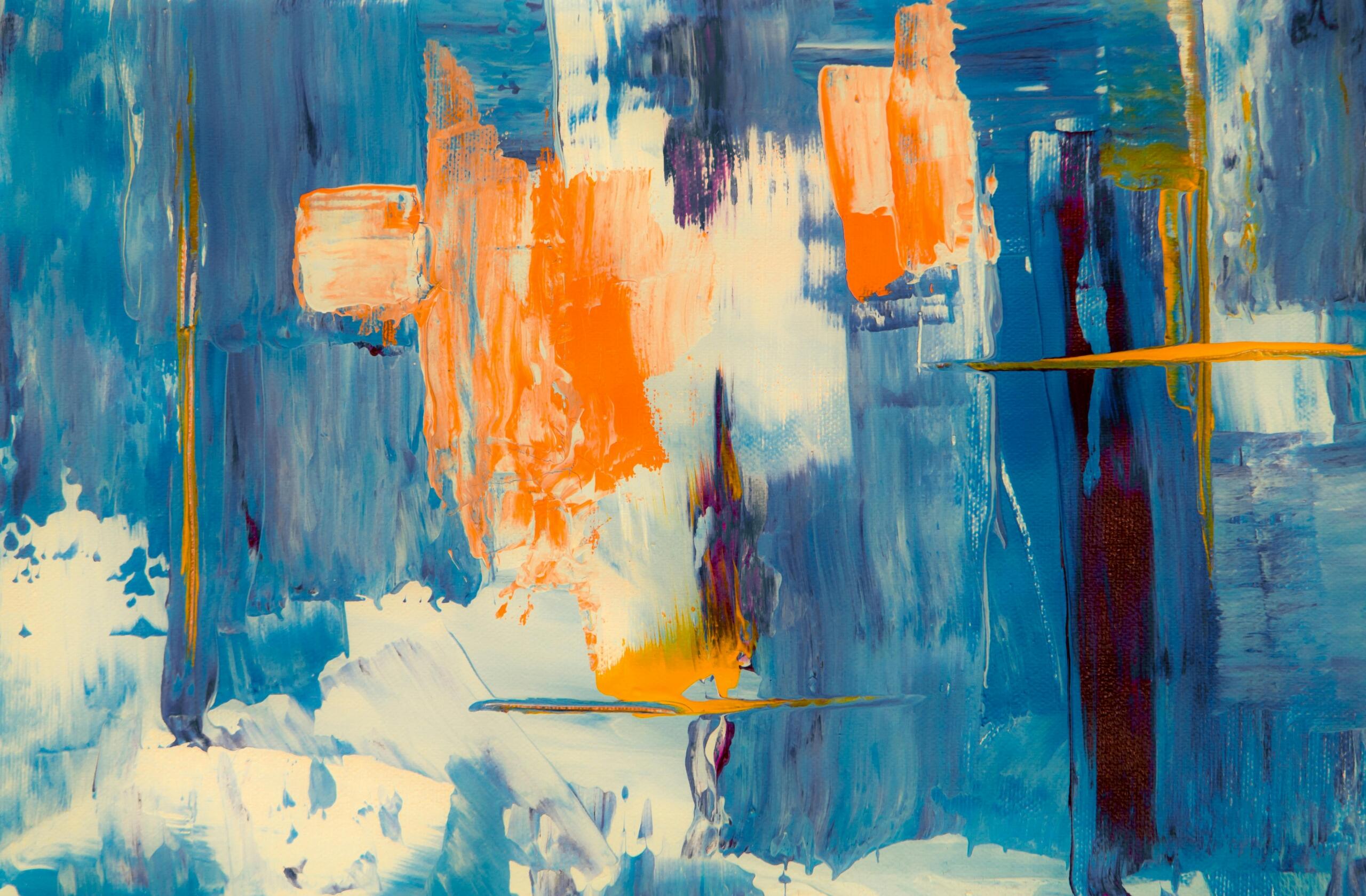It's important to understand the significance of some of Ireland's contributions to the world of art. Besides being potential short questions in any of your future art exams, learning more about Ireland's greatest artworks can unlock a little bit of the nation's beauty, helping you to explore the rich culture and history of the island nation.
Irish artistic heritage extends far beyond its celebrated literature and music, reaching into the realm of visual art. Ireland’s painters have created masterpieces that capture the spirit, history, and soul of their nation. Yet, many of these remarkable works remain lesser-known outside Ireland, even though they vividly reflect the country’s culture and history. These paintings transcend their technical brilliance to tell enduring stories of Irish life, love, and identity. Let’s explore eight iconic Irish paintings that have left an indelible mark on art history.

The Meeting on the Turret Stairs by Frederic William Burton
Now, as with any list, it’s always important to kick things off with a strong example, even if we’re not following a particular order. In the interest of remaining credible, it's hard to avoid topping our list of famous Irish paintings with Frederic William Burton’s beloved watercolour, The Meeting on the Turret Stairs. Its fame is even backed up as it was voted the most famous by the Irish public back in 2012.
If it wasn’t apparent at first glance, don’t worry! The painting is inspired by a medieval Danish ballad and represents the embrace of two tragic lovers, Hellelil and Hildebrand. If Burton is already on your radar, it’s likely because of the precision he manages to achieve across his watercolour work, something few artists have managed to rival.
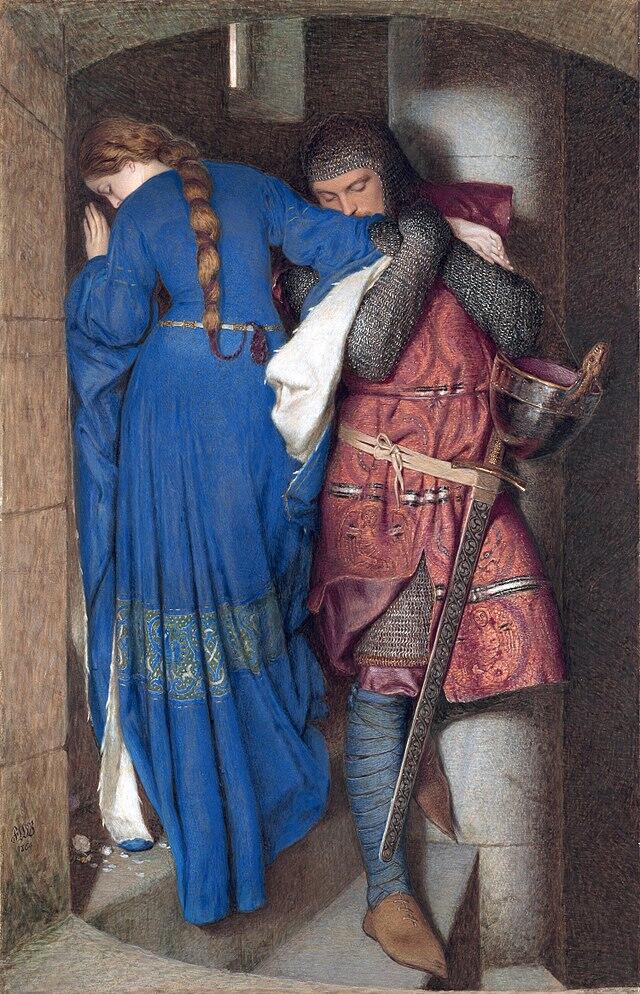
His left-handed, delicate brush strokes jump off the canvas and create extraordinary depth and detail.
This makes his art stand out even amongst some of the massive names included elsewhere in our list.
Next time you cast your eyes on this particular piece, pay particular attention to how the knight’s chainmail and Hellelil’s adorned gown are brought to life.
Seeing as the painting has earned our top spot, you might have guessed that there were even more examples of artistic excellence on display across the painting. For instance, you can cast your gaze on the white rose petals at her feet, which, with further study of the painting, will present a deeper meaning, symbolising love and loyalty. This extra layer of symbolism adds to the intimate scene and gives us even more to unpack and marvel at. If you wanted to see this little gem in the flesh, you could venture down to the National Gallery of Ireland, where its romantic yet melancholic narrative is on display for all to enjoy.
The Marriage of Strongbow and Aoife by Daniel Maclise
Next, we move to Daniel Maclise’s monumental oil painting, The Marriage of Strongbow and Aoife. This historic masterpiece portrays the union of Norman military leader Richard de Clare (Strongbow) and Aoife, daughter of the King of Leinster, in 1170. Measuring over 16 square metres, the sheer scale of this work is enough to make an impression before you even begin to study its content.
Maclise’s work is a feast for the eyes. Every element of the painting is rich in detail and symbolism, offering layers to unpack with every glance.
For instance, Strongbow’s foot rests on a fallen Celtic cross—a bold statement reflecting the Norman conquest’s impact on Ireland’s cultural heritage.
Meanwhile, the elderly harpist slumped over his broken instrument adds another poignant note, symbolising Ireland’s subjugation and the loss of its musical traditions.
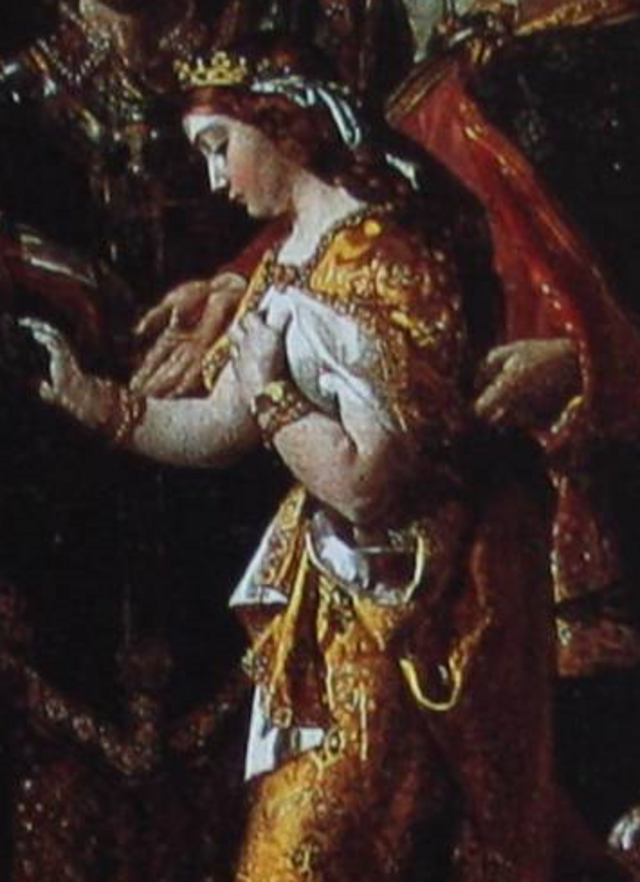
It’s hard not to marvel at Maclise’s mastery of historical drama. The expressions on the faces of the characters, the dynamic poses, and the intricate textures all work together to bring this pivotal moment in Irish history to life. Whether you interpret the painting as a nationalist critique or simply a theatrical depiction of the event, it remains a cornerstone of Irish artistic heritage. If you have the opportunity, be sure to see this work in person to appreciate its full grandeur. Explore the unique perspectives and themes in works by the top Irish women artists.
The Battle of the Boyne by Benjamin West
Moving on, we find ourselves drawn to Benjamin West’s dramatic depiction of The Battle of the Boyne. William is heroically portrayed on a white horse, a recurring motif that became emblematic of his legacy.
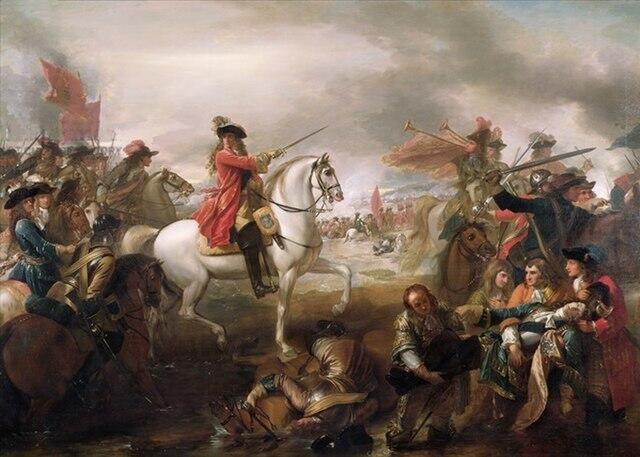
The central composition captures the tension and chaos of battle, with Marshal Schomberg’s death rendered with almost theatrical intensity.
West’s use of lighting and his arrangement of figures create a scene that feels both grand and deeply human.
What makes this piece even more fascinating is its comparison to Jan Wyck’s 1693 version of the same event, which offers a broader, panoramic view of the battlefield. Together, these paintings provide contrasting perspectives on a battle that forever altered Ireland’s political and cultural landscape. If you’re a history enthusiast, this work is a must-see for its artistic and narrative richness.
This painting immortalises one of the most significant historical events in Irish history—the 1690 victory of William of Orange over James II.
The Liffey Swim by Jack B. Yeats
Jack B. Yeats had a knack for capturing the spirit of Dublin, and The Liffey Swim is no exception. This vibrant painting immortalises the annual swimming event on the River Liffey, a tradition that’s as much about community as it is about competition.
What sets Yeats’ work apart is his ability to focus on the crowd rather than the competitors, celebrating the communal energy that makes the event so special. His bold use of colour and expressive brushstrokes bring the scene to life, allowing you to almost hear the cheers and feel the excitement in the air.
This painting’s charm isn’t limited to its local appeal—it earned a silver medal in the 1924 Paris Olympics for its universal resonance. If you’re ever in Dublin, make it a point to see this piece. It’s more than just a painting; it’s a snapshot of the city’s enduring charm and vitality.

Maud Gonne by Sarah Purser
Sarah Purser’s The New Pet offers a fascinating look at one of Ireland’s most iconic figures, Maud Gonne. The portrait captures Gonne with her pet monkey, an unconventional choice that reflects her rebellious and eccentric spirit.
What makes this painting particularly compelling is its ability to convey Gonne’s multifaceted identity.
As a muse for W.B. Yeats, an activist and an artist in her own right, Gonne’s influence on Irish culture cannot be overstated.
Purser’s skilful rendering of her subject adds depth and nuance, making it clear that Gonne was much more than a muse—she was a force of nature.
Learn about today's Irish artists making waves in galleries and exhibitions worldwide.
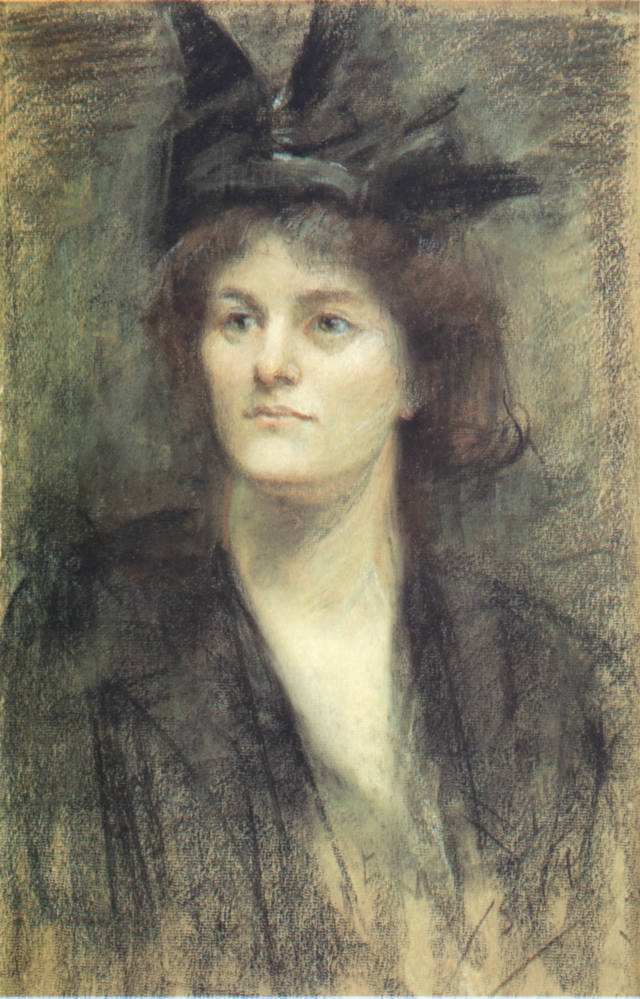
The Last of the Famine by Edwin Hayes
Irish people love to celebrate the deep-rooted history of their nation. While Irish history is far from a happy story, it reminds us of where we come from and that there are few periods as influential as the Famine. Well, as the name might suggest, that's exactly what Edwin Hayes’ The Last of the Famine is a poignant reminder of, touching on one of the darkest chapters in Irish history.
The painting depicts a ship departing from an Irish harbour, carrying emigrants who leave behind their homeland in search of survival. Hayes’ atmospheric use of light and shadow captures the emotional weight of the moment. The figures on the shore, bidding farewell to loved ones, embody the collective grief of a nation. It’s a scene that speaks volumes about resilience and hope in the face of unimaginable hardship.
The Potato Diggers by Paul Henry
It doesn't get more Irish than Paul Henry’s The Potato Diggers, which offers a heartfelt tribute to Ireland’s rural communities. It's amazing to think that such a treasure has been enjoyed by countless art enthusiasts far beyond the borders of our little island. This painting is a testament to how great art can travel and influence people across the world.
The painting’s muted colour palette and expressive brushwork capture the rugged beauty of the Irish countryside, while the two figures working the land speak to the resilience and perseverance of rural life.
Henry’s fascination with the interplay between humans and nature is evident in every detail of this piece. It’s a reminder of the deep connection between the Irish people and their land, a theme that resonates through much of his work. The influence of the most celebrated Irish artists can be seen in many contemporary works, showcasing a continuum of creativity.
The Four Courts on Fire by Harry Clarke
We realise the importance of ending on a strong note, and there's perhaps no better artist to round off our list with than Harry Clarke and his most celebrated contribution, 'The Four Courts on Fire'. If you've ever been in your own world during mass and found yourself looking from window to window, admiring the intricate details of the glass, then you're going to love this.
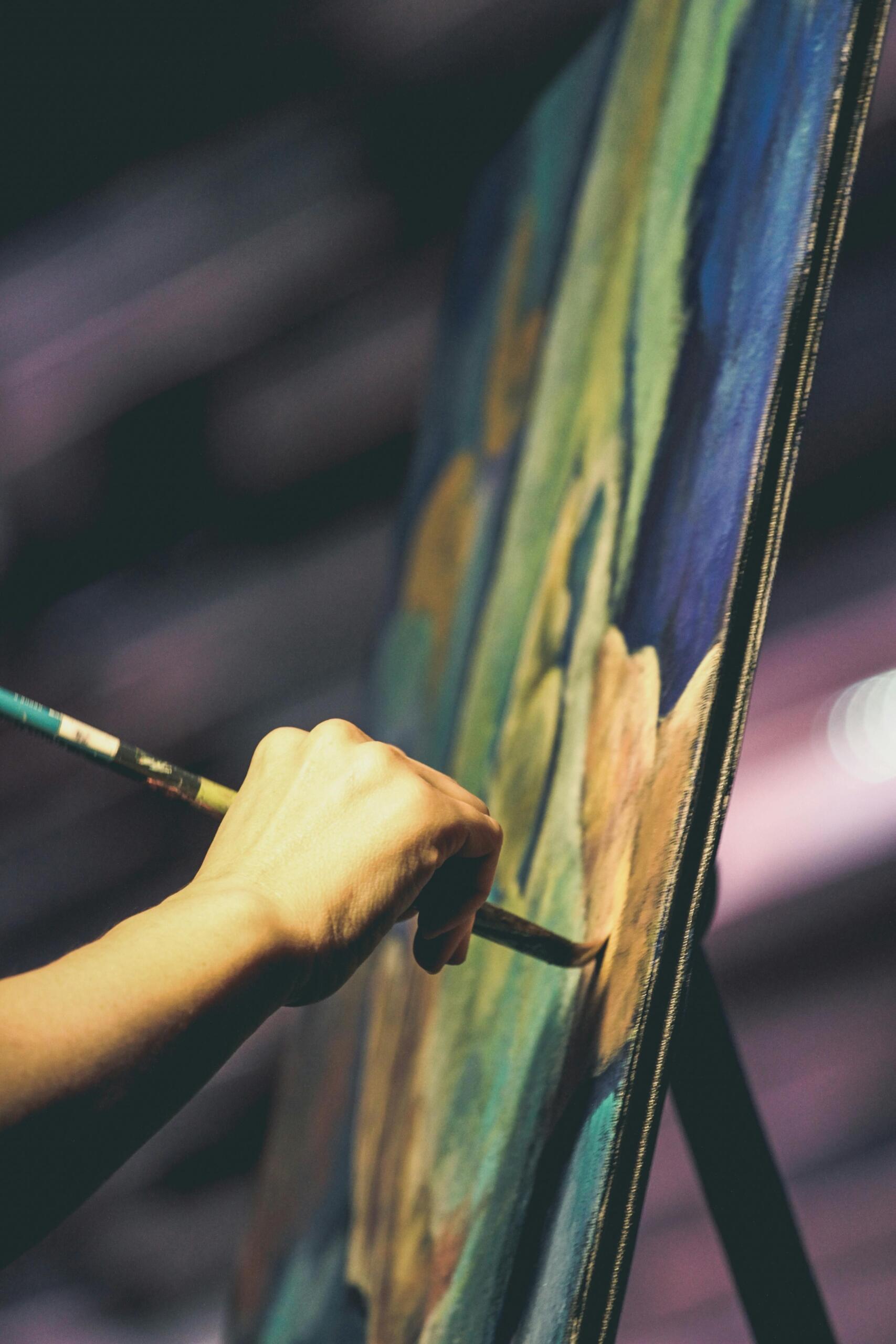
Known for his stained glass art, Clarke brings his intricate detailing and vivid colours to this dramatic depiction of the Irish Civil War.
The painting captures the destruction of Dublin’s Four Courts, a symbol of the chaos and devastation of the conflict.
Clarke’s symbolic elements elevate the work beyond mere documentation, making it a powerful commentary on Ireland’s fragile political landscape.
It’s a lesser-known piece, but one that adds a unique dimension to Clarke’s artistic legacy.
Final Thoughts
These eight masterpieces showcase the breadth and depth of Irish art, from romantic watercolours to monumental historical dramas and evocative depictions of rural life. They reflect the resilience, beauty, and complexity of Ireland’s cultural identity.
Today, modern conservation techniques and digital technology ensure these treasures remain accessible to future generations. Whether viewed in galleries, online, or through new interpretations, these paintings continue to inspire and resonate, bridging Ireland’s past and present. They stand as enduring symbols of Ireland’s artistic soul and its profound connection to humanity’s shared experiences.

